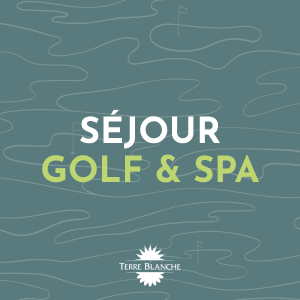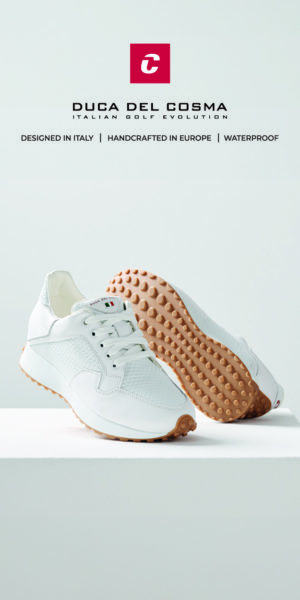Posted on July 20, 2018 in Arts & culture.
In Quimper, discover a Brittany sublimated by painters
František Kupka, Paul Gauguin and Jean Le Moal… painters of different nationalities, from various eras and styles… A hyphen nevertheless links them, a common territory: Brittany.
This year, thanks to an exceptional partnership with the National Gallery of Prague, the Breton Departmental Museum of Quimper presents 80 works by Czech artists, inspired by Brittany. Discover some of them right away:
The Breton wave by František Kupka
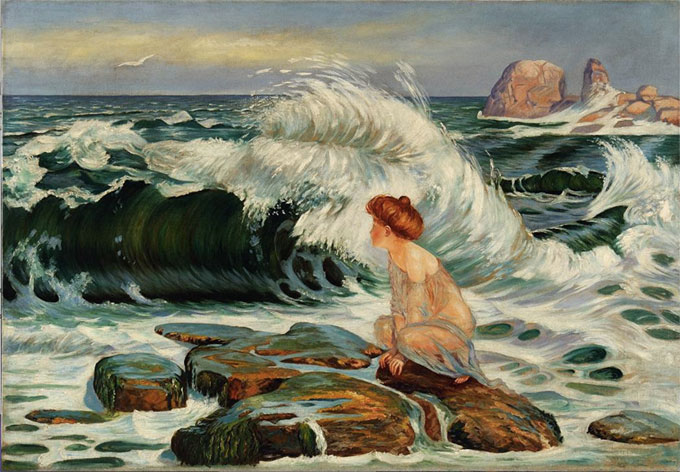
The wave - © František Kupka, 1902
The wave expresses the artist's attraction to the uncontrollable force of the sea. We also see a reminder of the famous Great Wave by Japanese artist Hokusai (1830-1831), whose prints fascinated Western artists.
Finistère, the land of Jan Zrzavy
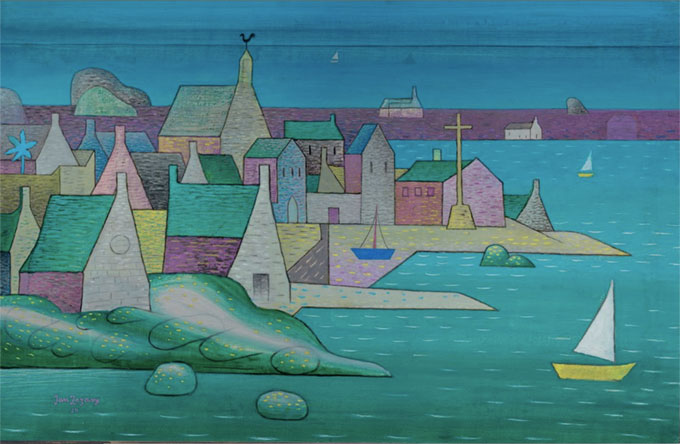
Ploumanach - © Jan Zrzavy, 1930
Jean Zravy, deeply hurt by the Munich agreements in 1938, decided not to return to France. When peace returned, he nevertheless made a farewell trip to Finistère, "his lost land", staying for the last time in 1947 in Camaret and on the Ile de Sein, his "dream island of paradise" from which emanated his eyes "the greatest magic of Finistère".
The master of Art Nouveau Alfons Mucha
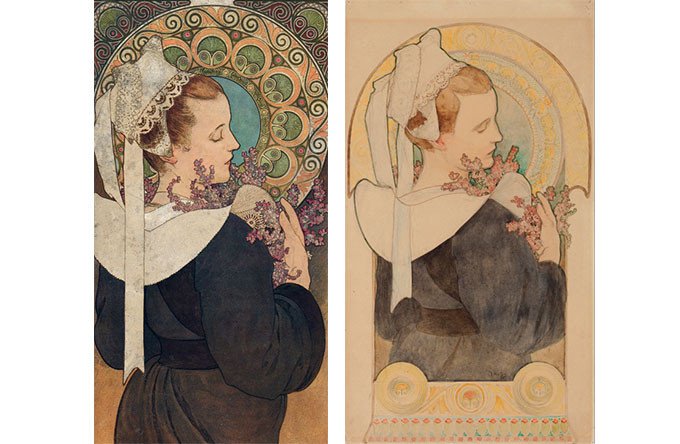
Cliff heather - Decorative panel - © Alfons Mucha, 1906
Cliff heather - Preparatory study for the decorative panel - © Alfons Mucha, 1901
Seduced by her talent, the great actress Sarah Bernhardt ordered posters of all her shows from her. This was the consecration and the "Mucha style" was soon famous: curved lines stretching in volutes, hair rolled up in arabesques ... In Bruyère de falaise, he was the first decorator to borrow from the repertoire of embroidery of the Bigouden country the motif of the "peacock feather".
Considered one of the main representatives of the French non-figuration of the second half of the XNUMXth century, Jean Le Moal, exhibited at the Musée des beaux-arts de Quimper, appears today as a painter to be rediscovered as his work goes beyond the aesthetic partitions.
1946-1957: Wefts at work
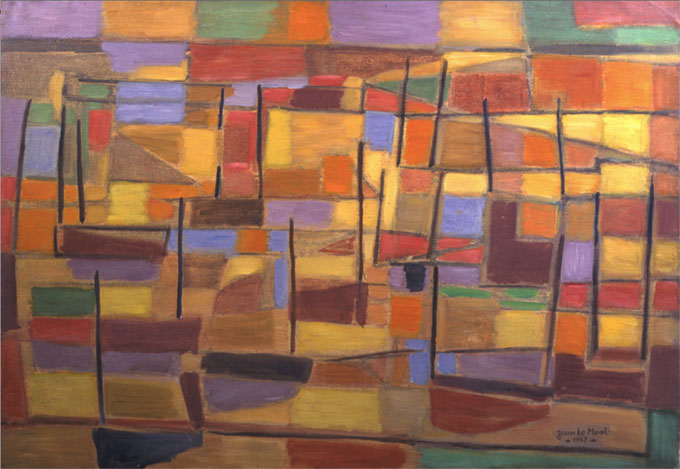
Boats - © Jean Le Moal, 1947
From the second half of the 1940s, the works of Jean Le Moal testify to a simplification and a recomposition of forms; the subject is deconstructed and gradually moves away from figuration.
Already, during a stay in Brittany during the Occupation, Le Moal had signed a series of drawings in which the lines of force of the landscapes were accentuated, announcing a writing which, while remaining heir to cubism, was increasingly becoming architectured.
1958-2004: Immersion in color
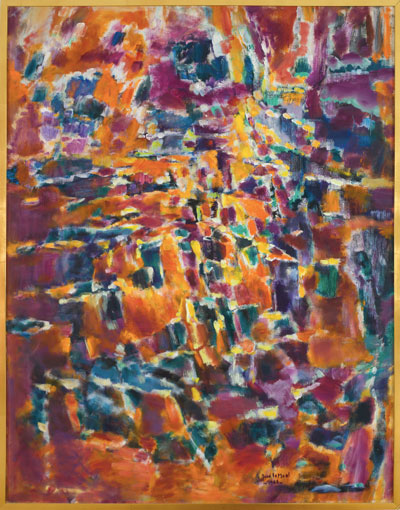
Towards Machu Puchu - © Jean Le Moal, 1966
From the end of the 1950s, Le Moal's canvases freed themselves from all graphics and burst into a myriad of fragmented touches which overlapped and made his compositions vibrate. This new pictorial language is influenced by the Ardèche landscapes of his childhood which he rediscovers from 1958.
Pratical information
Czech artists in Brittany. From art nouveau to surrealism
Breton departmental museum
The 16 30 September 2018 June
John LeMoal
Quimper Museum of Fine Arts
The 9 17 September 2018 June
Drawing Now Art Fair: Tatiana Wolska winner 2024
The invention of language by Gertrude Stein and Pablo Picasso
The history of French women's golf at Golf du Sorbier






